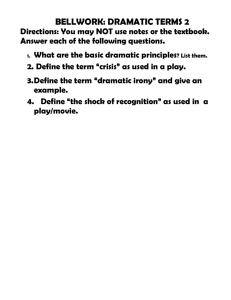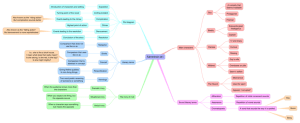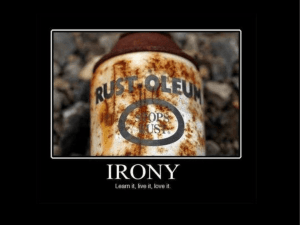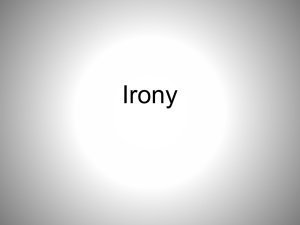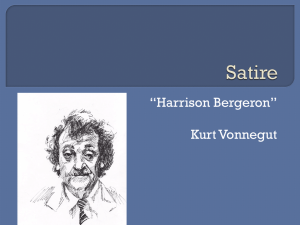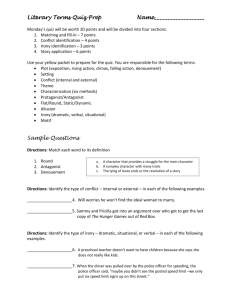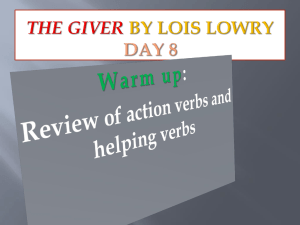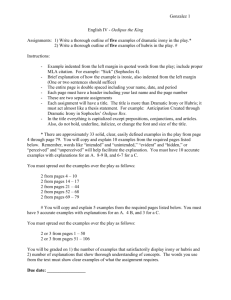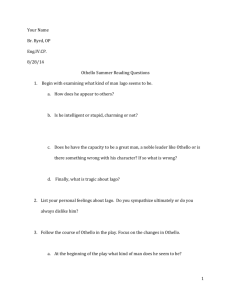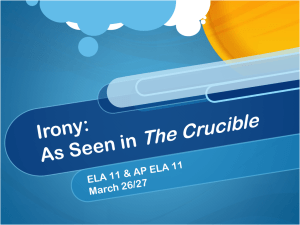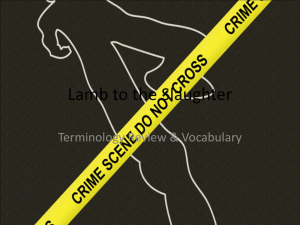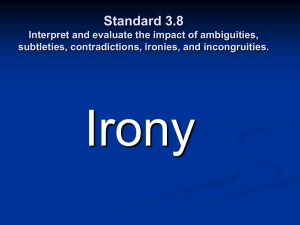Drama Terms
advertisement
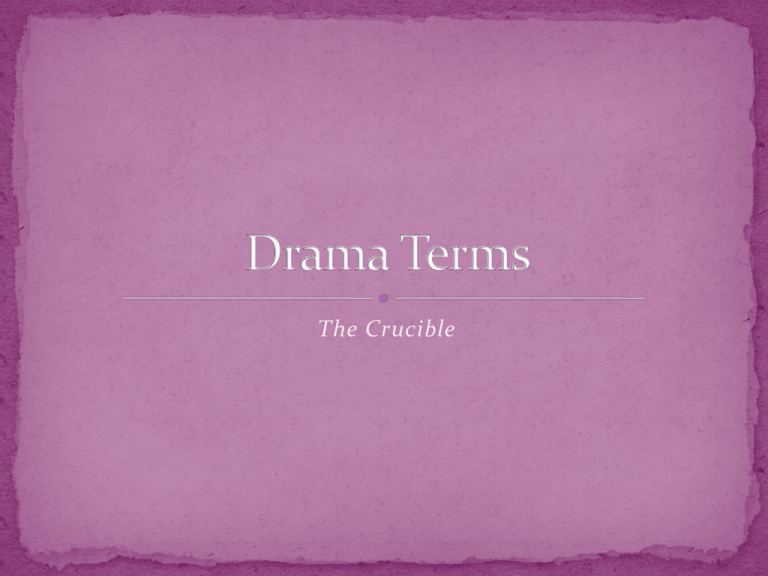
The Crucible Drama Terms Soliloquy—a dramatic speech, revealing inner thoughts and feelings, spoken aloud by one character while alone on the stage. (Similar to dramatic monologue) Foil—a character whose traits are in direct contrast to those of the principal character. The foil, therefore, highlights the traits of the protagonist. Drama Terms Stage Directions—A playwright’s written instructions provided in the text of a play about the setting or how the actors are to move and behave in a play. Aside—speech or comment made by an actor directly to the audience about the action of the play or another character. The comment is unnoticed by others in the play. Plot Elements Climax The most intense or exciting event in the story Rising Action Falling Action because the character deals with the main conflict. It may also be the turning point of the story. about Includes details Everything what that theResolution occurs because of the Exposition Denouement Inciting Incident character does toclimax. solve his The orcharacters her respond to problem. Smallerwhatever problems happens or in the climax. Leads Explains the to the here. conclusion of up thehow story. Tells the reader any obstacles importantmay infooccur before Ties the loose ends of the story, conflict is resolved and Introduces the basic conflict of the the action starts. Introduces characters, the explains what happens to the what happens to the story. setting, and the beginning of the plot. characters after the story, etc. Not a characters. stories will have a denouement. Types of Irony--Situational Situational: Occurs when a reader or character expects one thing to happen, but something entirely different happens. Writers use situational irony to make their stories interesting or humorous and sometimes to force their readers to think about their own thoughts and values. Explain why a lawful police officer failing to catch a lawless thief would be situational irony. It is unexpected because good is supposed to conquer evil. The police officer should be able to catch the thief because he is smart and good whereas the thief is foolish and rotten. Types of Irony--Dramatic Dramatic The contrast between what a character thinks to be true and what the readers know to be true. It occurs when the meaning intended by a character’s words or actions is opposite of the true situation. The character cannot see or understand the contrast, but the reader/audience can. Othello continually calls his friend Honest Iago, even though the audience knows “Honest” Iago is lying straight to Othello’s face that his wife is cheating on him. What other examples can you come up with? Scary movies? You know the killer is in the room, but the damsel in distress thinks she’s safe in her own house! Yikes! Types of Irony--Verbal Verbal When someone says one thing but means something different. Similar to sarcasm, something no teenager understands. If you ask your friend how the language test was, and she replies with an eye-roll, “Oh, it was so much fun!” you know her intended meaning is the exact opposite of what she said. The test was going to be a killer! Types of Irony--Historical Historical Irony throughout history. It is most easily identified when we compare the way historical figures saw the world and the way we see it today. During most of the 1920s, The New York Times criticized crossword puzzles as “utterly futile” and said they were a craze that was fading fast. Today, The New York Times’ crossword puzzle is one of its most popular features.
